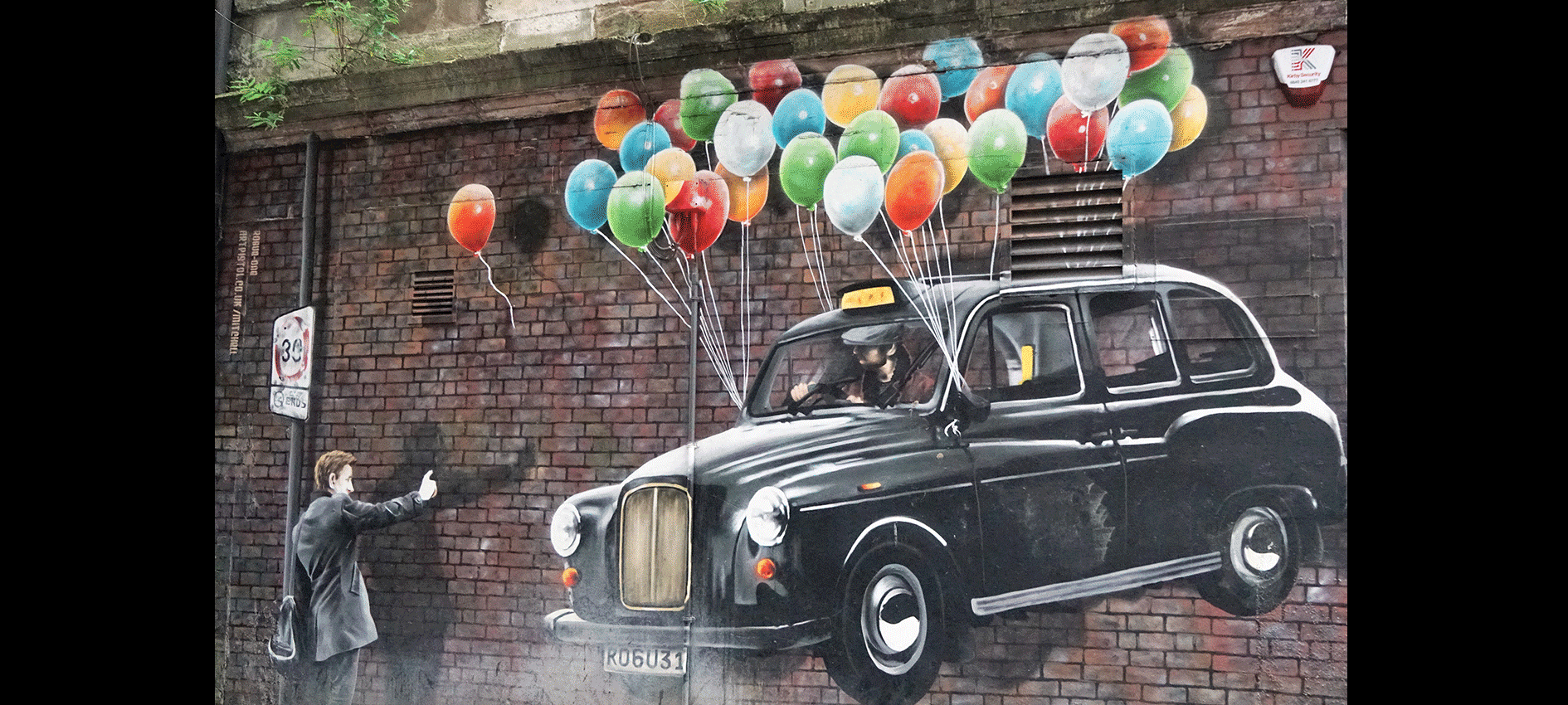market conditions
the economic factors and the product life cycle impact on organisational success
This exemplar employs Glasgow’s economic fortunes and history to highlight how the MARKET, the M in COMP factors, influences consumption.
In the e-book we employ the acronym CEMSTEEP [competitors, economic, social, technological, environmental, ethical & legal, political,] is employed as a mnemonic to explore the market conditions. The exemplar highlights how political and economic factors may influence the decisions of consumers.

There is a flurry of activity as people organise their luggage, negotiate the aisles and steps of the train and walk the platform towards the foyer of the station with the imposing Grand Central Hotel. I am back in Scotland – where I was born.
Like many Victorian era train stations the Grand Central Hotel was constructed to accommodate the 19th century tourist boom brought on as train travel became more accepted and affordable. Today this iconic four-star hotel and part of the Principal Hayley Hotels. A quick internet search discovers that a number of famous people who have stayed at this iconic hotel, The Queen and Duke of Edinburgh, Winston Churchill, Frank Sinatra, Vivien Leigh, Fred Astaire, Cary Grant and Laurel and Hardy – I have included this list to highlight that it was once the place to stay. Interestingly, John Logie Baird broadcast the world’s first television transmission from a 4th floor room in this hotel in 1927.
However, with time, the motor car, and the changing fortunes of the city of Glasgow the Grand Central Hotel lost its status, changed ownership a number of times, fell sadly into disrepair, and was eventually closed. With new owners and an expensive restoration and refurbishment the hotel reopened for business in 2010 sparked by a new interest in train travel, a nostalgia for the grandeur of the past, and the improved economic and entertainment fortunes of Glasgow.

To some people Glasgow is considered as an industrial city of the past – a little run down and past its prime, however, to others it is a vibrant city with magnificent Victorian and Edwardian architecture. The architecture indicates the wealth that this city once generated for the United Kingdom – a walk around George Square in the city centre is a good place to start, however, there are just so many iconic places – Kelvingrove Art Gallery and Museum, The University of Glasgow, Tollbooth Steeple that some time is needed to fully appreciate the splendour. Glasgow is also full of great places to eat; one of the oldest is The Rogano which was established when the great ocean liners of the world were built on the nearby Clyde River. The Rogano is designed in keeping with the art deco style of Cunard’s famous ship The Queen Mary.
Glasgow is a great place to wander around and explore. This time with some nice weather for walking, and the flower gardens at their best we visited The Glasgow Botanic Gardens and the Rouken Glen Park. There are just so many places that it would be impossible to list. Favourite places are The Burrell Collection and surrounding gardens of Pollock Park, The Kelvingrove Art Gallery and Museum, The House for an Art Lover in Bellahousten Park, The Glasgow School of Art, The People’s Palace.

Given the stories I had heard I wanted to explore Govan, search for the remnants of the great shipbuilding industry, explore an industrial landscape that once dominated the world. I wanted to gain an insight into how a simple hamlet quickly became a world leader in marine engineering and how it produced one innovation after innovation and then even quicker returned to being a hamlet – and once again is almost separated from Glasgow. What is well documented is how the wealth from shipbuilding was unevenly distributed and how the families of many shipbuilders lived in squalid conditions.
What is more tragic is how these skilled tradespeople after years of back breaking work and sacrifice were discarded and forgotten; how the collective skills of the people of Govan were allowed to be broken down and be lost forever – for no more than a political ideology. I walked through areas that may one day will be reused, possibly purchased by a national supermarket, until then the abandonments will remain derelict and have relics of the past positioned between the weeds and the rubbish. In Glasgow I saw a surviving crane where there was once a hundred cranes I visited Glasgow’s Riverside Museum that recorded the shipbuilding industry and applauded the skills of the past. But this is bitter sweet. Like my family, many people left Scotland, the decline of shipbuilding was seen as an indicator of the future.

As a marketing academic and practitioner I understand that every organisation and every product has a life cycle – the shipyards of Govan are an example.
Marketing is a quest for best. Whether it is to purchase best satisfying products or whether it is to produce best satisfying products. This applies as much in the business to business [B2B] sector as it does in the business to consumer [B2C] sector. Marketing is competitive and if as an organisation your product is no longer best satisfying then another organisation will take your place. What I cannot understand is how the intellectual property of steel making and shipbuilding were not protected; were not given proper incentives to develop beyond manufacturing into more technology based service industries. I cannot understand how skills built over generations were lost in one generation. I cannot understand how such skilled people could be so disenchanted that they would leave their country and go to the other side of the world.
This is not confined to the UK, in many countries other industries have gone the same way [decline], sometimes we need to protect industries which are an assemblage of complex skills – just to avoid losing the ability to undertake complex tasks.
When I looked more deeply, I soon discovered a different Govan; one quite different from the one I heard about, one quite different from the opinions I had been given, and one that may offer a glimmer of hope. I now found people that talked about an ancient, rich, and royal history and how this history is relatively unknown outside a few ‘Govanites’. How Govan has played a major role in Scottish history over 1,200 years. How the Govan Parish Church, for example, houses The Stones of Govan, which historically are extraordinary – they like the Rosslyn Chapel was are just waiting for a part in a novel or a movie to be known and valued.
For more on the situational factors [COMP], including market characteristics of CEMSTEEP – please refer to The Marketing Concept [e-book]
